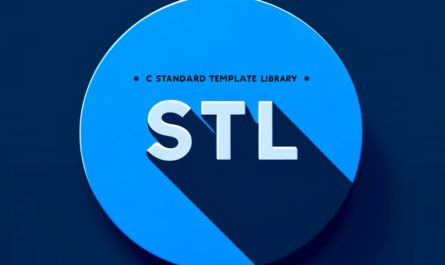RTTI stands for Run Time Type Identification. In an inheritance hierarchy, using RTTI we can find the exact type of the object using a pointer or reference to the base class. How to get the information about the object at run time? There are two ways to get the information about the object.
Introduction
RTTI, or Run-Time Type Identification, serves as a crucial component in C++ programming, offering developers the ability to dynamically determine the type of an object during runtime. This capability plays a significant role in scenarios where polymorphic behavior and object manipulation are essential. Understanding RTTI is fundamental for C++ developers as it enables them to write more flexible and adaptable code, enhancing the overall robustness and functionality of their software projects.
Understanding the Basics of RTTI
RTTI operates by providing a mechanism to obtain type information about objects at runtime, allowing for dynamic type identification and casting. Unlike compile-time type identification, which relies on static analysis, RTTI enables runtime introspection of object types, providing a means to perform polymorphic operations and handle heterogeneous collections of objects.
Working Principles and Implementation
At its core, RTTI relies on the type_info class and dynamic_cast operator to provide runtime type information and dynamic casting capabilities, respectively. The type_info class represents type information for a given type, while the dynamic_cast operator facilitates safe casting of pointers and references to base and derived types.
Utilizing RTTI for Dynamic Polymorphism
RTTI plays a crucial role in enabling dynamic polymorphism in C++, allowing for the manipulation of objects in a polymorphic hierarchy at runtime. By leveraging RTTI, developers can perform type-safe downcasting, object slicing prevention, and dynamic type checking, facilitating more flexible and expressive code.
Best Practices and Considerations
While RTTI offers powerful capabilities, it’s essential to use it judiciously and consider its potential performance overhead. Developers should adhere to best practices such as minimizing RTTI usage, preferring static polymorphism where possible, and carefully considering the design implications of RTTI integration in their codebase.
Advanced RTTI Techniques and Applications
Advanced RTTI techniques include custom RTTI implementations, leveraging RTTI with other C++ features like templates and lambdas, and integrating RTTI into complex software architectures. These techniques empower developers to extend the capabilities of RTTI and tailor it to suit specific project requirements.
RTTI Limitations and Pitfalls
Despite its benefits, RTTI has certain limitations and pitfalls that developers should be aware of. These include potential performance overhead, platform-specific behavior, and the risk of violating encapsulation and modularity principles. Careful consideration and mitigation strategies are necessary to address these challenges effectively.
RTTI and Modern C++ Development
In the context of modern C++ development, RTTI remains relevant, albeit with considerations for its impact on code maintainability, performance, and compatibility with newer language features and standards. Integrating RTTI into contemporary C++ projects requires a balanced approach that considers both its benefits and drawbacks.
Conclusion
In conclusion, RTTI stands as a powerful tool in the C++ developer’s arsenal, offering essential capabilities for dynamic type identification and polymorphic behavior. By understanding RTTI’s principles, best practices, and limitations, developers can leverage its benefits while mitigating potential risks. As C++ continues to evolve, RTTI will remain a cornerstone of dynamic and flexible software development, contributing to the richness and versatility of the language.



